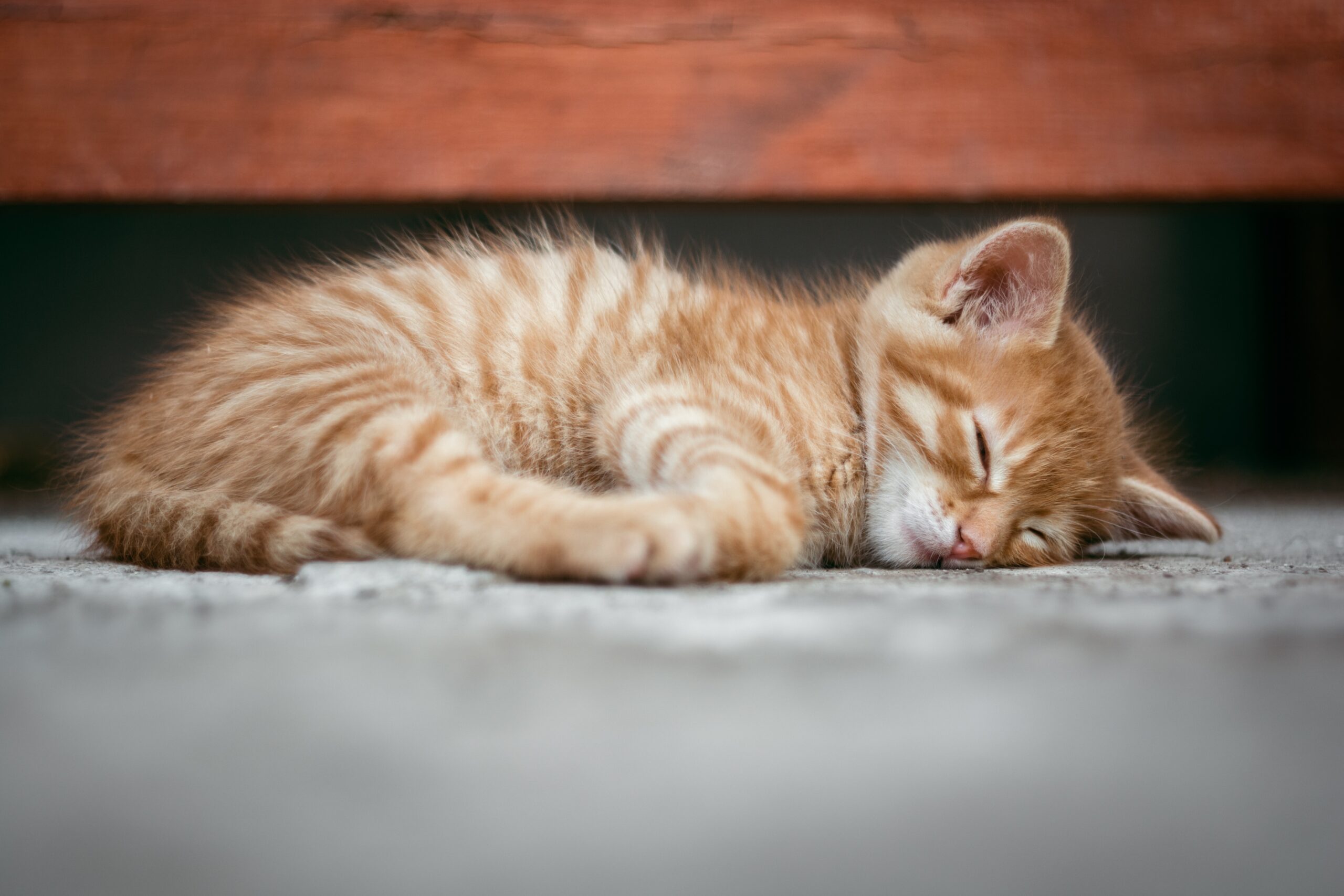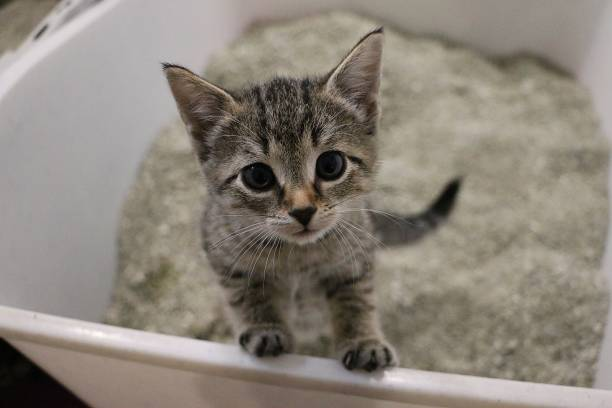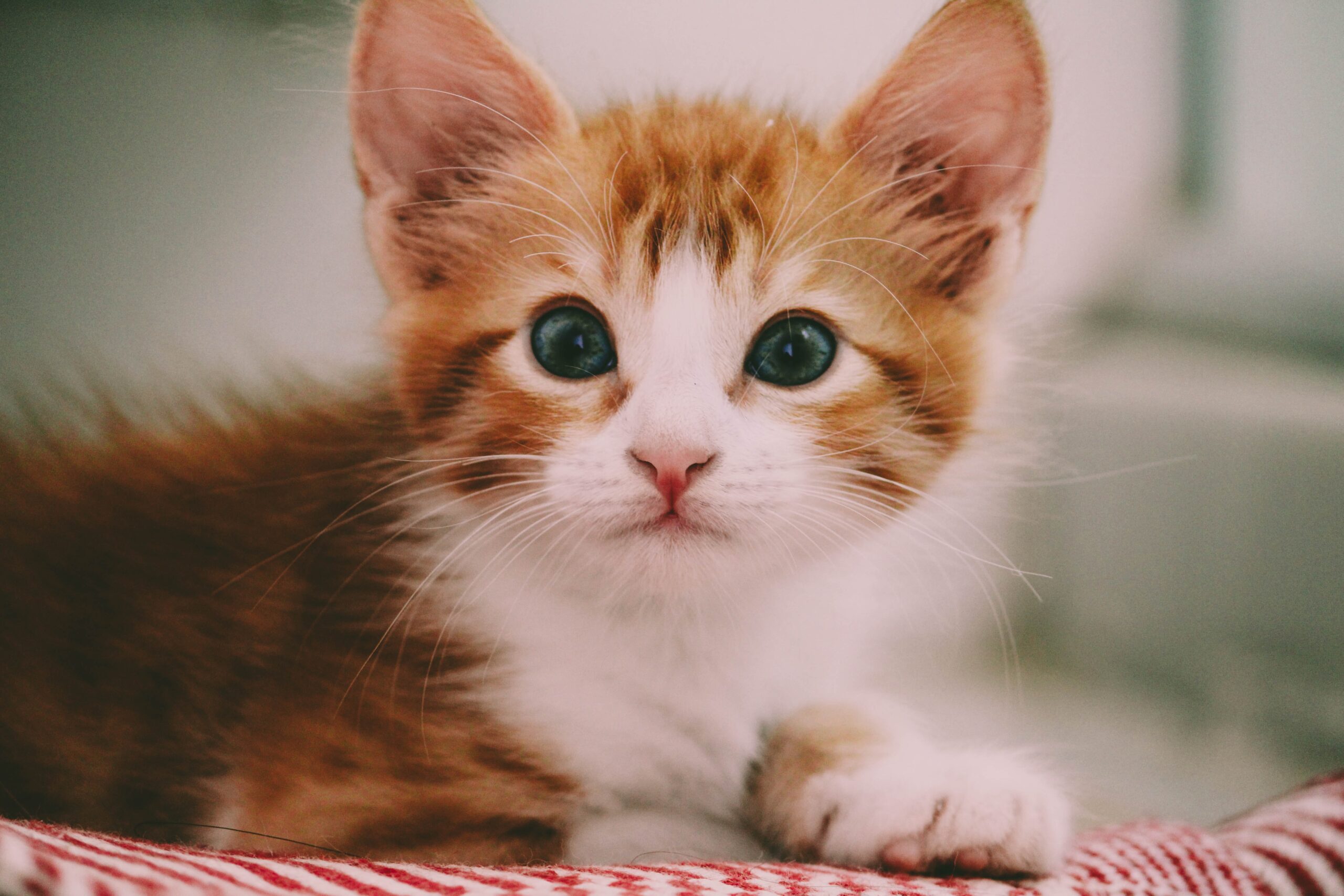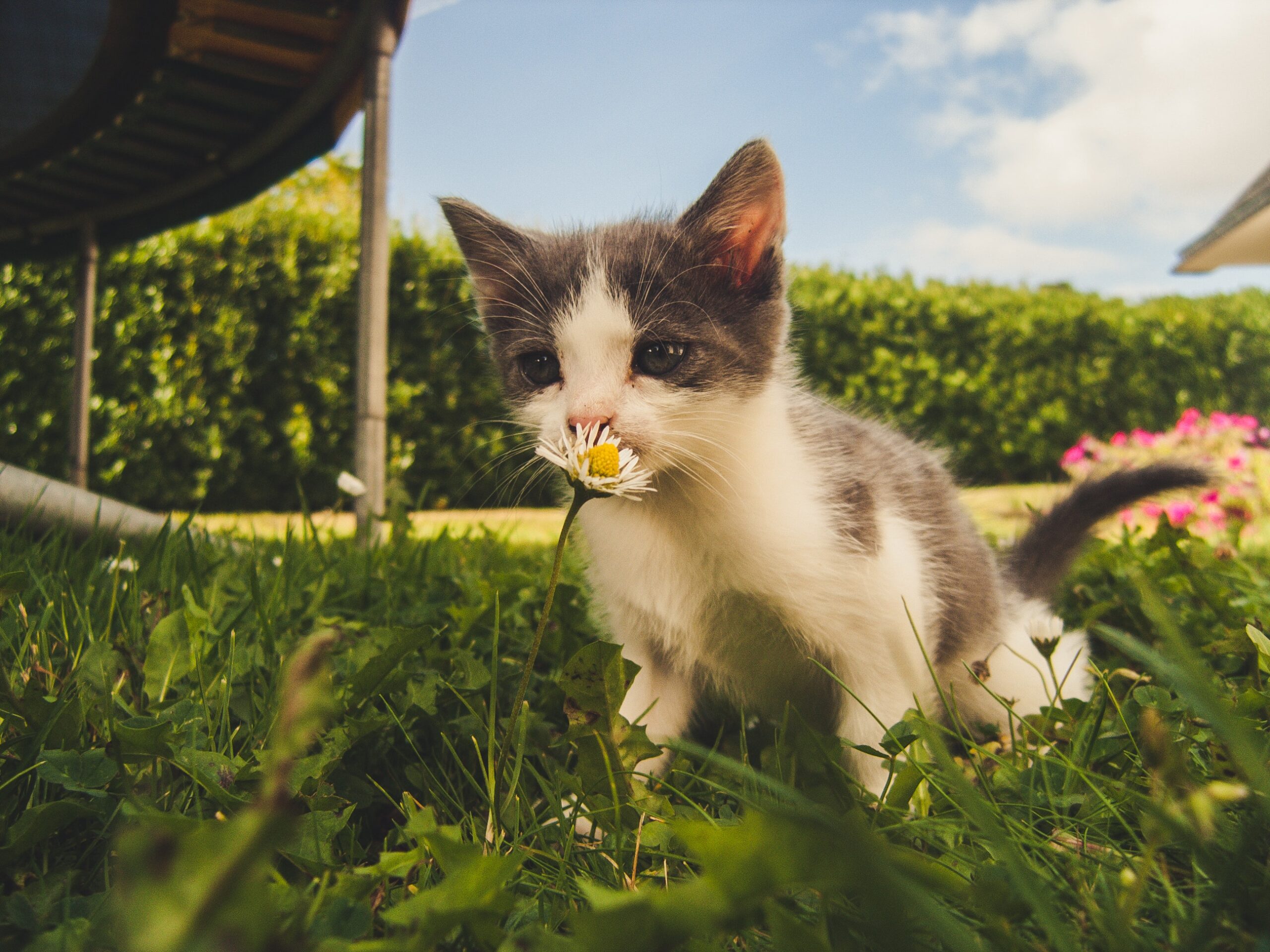Introduction
Outdoor cats, also known as free-roaming or indoor/outdoor cats, have the opportunity to explore the outside world while maintaining their connection with nature. Unlike solely indoor cats, outdoor cats can experience the sights, sounds, and smells of the outdoors, which can enrich their lives and provide numerous benefits. In this outline, we will explore the characteristics of the best outdoor cats, highlighting their physical attributes, temperament, and adaptability. Additionally, we will discuss breeds that excel in outdoor environments and provide insights into responsible care and safety considerations for outdoor cats. By understanding what makes a cat well-suited for the outdoors and ensuring their well-being, we can foster a fulfilling and harmonious relationship between cats and their natural environment.
Characteristics of the Best Outdoor Cats
Physical attributes
- Size and strength: The best outdoor cats tend to be of moderate to large size, with well-developed muscles that enable them to navigate outdoor environments effectively.
- Agile and athletic: Outdoor cats should possess agility and athleticism, allowing them to climb trees, jump fences, and explore various terrains.
- Excellent vision and hearing: Cats with keen eyesight and acute hearing have an advantage in outdoor settings, enabling them to detect potential threats and navigate their surroundings more effectively.
Temperament
- Adventurous and independent: The best outdoor cats have a natural inclination for exploration and independence, seeking out new experiences and territories.
- Confidence and fearlessness: Outdoor cats should display confidence in unfamiliar situations and exhibit fearlessness when encountering new challenges or encounters.
- Social and friendly with humans and other animals: While being independent, outdoor cats should also possess a social and friendly nature, establishing positive relationships with their human caregivers and displaying tolerance towards other animals they may encounter outdoors.
Adaptability
- Ability to handle various weather conditions: Outdoor cats should be able to tolerate a range of weather conditions, including rain, heat, and cold temperatures, without compromising their health and well-being.
- Tolerance to different terrains: Cats that thrive outdoors should be comfortable walking on different surfaces, such as grass, concrete, gravel, or uneven terrain.
- Natural hunting instincts: The best outdoor cats possess strong hunting instincts, allowing them to catch prey, control rodent populations, and satisfy their natural predatory behaviors.
By considering these physical attributes, temperament traits, and adaptability factors, we can identify cats that are well-suited for the outdoor lifestyle. In the next section, we will explore specific cat breeds that excel as outdoor companions.
Breeds That Excel as Outdoor Cats
Maine Coon
- Large, robust, and muscular: Maine Coons possess a sturdy build, making them well-equipped to handle outdoor activities and navigate various terrains.
- Thick double coat for weather protection: Their dense, water-resistant coat provides insulation against harsh weather conditions, making them suitable for both hot and cold climates.
- Highly adaptable and intelligent: Maine Coons are known for their intelligence and adaptability, enabling them to adjust to different outdoor environments and situations.
Bengal
- Athletic and agile: Bengals are incredibly agile and athletic, excelling in activities like climbing trees and leaping with grace, which makes them adept at navigating outdoor spaces.
- Natural hunting abilities: With a strong instinct for hunting, Bengals thrive in the outdoor environment, utilizing their skills to catch prey and engage in interactive play.
- Confident and friendly: Bengals are social cats that exhibit confidence, making them open to exploring new territories and forming bonds with both humans and other animals.
Abyssinian
- Energetic and curious: Abyssinians are highly energetic and curious cats that enjoy exploring their surroundings, making them a good fit for the outdoor lifestyle.
- Sleek and short coat: Their short coat requires minimal grooming and maintenance, ensuring they stay comfortable and clean during their outdoor adventures.
- Sociable and affectionate: Abyssinians are known for their sociable nature and their ability to form strong bonds with their human companions, making them enjoyable outdoor companions.
Norwegian Forest Cat
- Well-suited for cold climates: With a long, thick, water-repellent coat and tufted paws, Norwegian Forest Cats are built for colder climates and can handle outdoor activities even in snowy conditions.
- Thick, water-repellent coat: Their dense fur helps protect them from the elements and provides insulation against low temperatures.
- Agile and excellent climbers: Norwegian Forest Cats are natural climbers, capable of scaling trees and navigating various outdoor structures with ease.
These cat breeds showcase the physical attributes, temperament, and adaptability required for outdoor life. However, it’s important to remember that individual cats may vary in their preferences and suitability for outdoor environments. Providing a safe and enriching outdoor experience is essential for any cat, regardless of breed. In the next section, we will explore care and safety considerations for outdoor cats to ensure their well-being and happiness.
Care and Safety Considerations for Outdoor Cats
Vaccinations and regular health check-ups
- Outdoor cats should receive necessary vaccinations to protect them from common diseases and undergo regular health check-ups to monitor their overall well-being.
Providing proper identification (collars, microchips)
- Outdoor cats should wear collars with identification tags containing their name and your contact information. Microchipping is also recommended as a permanent form of identification in case the collar is lost.
Neutering or spaying to prevent overpopulation
- Responsible outdoor cat ownership includes spaying or neutering your cat to prevent unplanned breeding and reduce the population of stray and feral cats.
Providing a safe and secure outdoor environment
- Ensure that your outdoor area is secure with appropriate fencing or enclosures to prevent your cat from wandering off or encountering dangerous situations.
- Eliminate potential hazards such as toxic plants, chemicals, or access to busy roads.
Regular grooming and flea/tick prevention
- Outdoor cats are more prone to picking up fleas and ticks. Regular grooming and the use of flea and tick prevention products are essential to maintain their health and prevent infestations.
By considering these care and safety measures, you can help protect your outdoor cat from potential risks and ensure their well-being while enjoying the outdoor environment. In the next section, we will provide tips for responsible outdoor cat ownership to enhance their overall experience.
Tips for Responsible Outdoor Cat Ownership
Providing appropriate food and water
- Ensure your outdoor cat has access to fresh water and a balanced diet that meets their nutritional needs. Consider providing food in secure feeding stations to discourage other animals from stealing their food.
Building or providing suitable outdoor shelters
- Create or provide shelters in your outdoor space, such as insulated cat houses or covered areas, where your cat can seek refuge from inclement weather conditions or take a nap.
Ensuring access to litter boxes or designated areas
- Place litter boxes in a protected area outdoors or designate specific areas where your cat can relieve themselves. Regularly clean and maintain the litter box to promote good hygiene.
Regular playtime and mental stimulation
- Engage your outdoor cat in regular play sessions using toys or interactive activities to keep them mentally stimulated and physically active. This helps prevent boredom and encourages their natural instincts.
Monitoring and supervising outdoor activities
- While outdoor cats enjoy their freedom, it is important to monitor their activities and ensure their safety. Supervise their outdoor excursions, especially during unfamiliar or potentially dangerous situations.
By implementing these responsible ownership practices, you can provide a safe and enriching outdoor experience for your cat, allowing them to enjoy the benefits of outdoor exploration while minimizing potential risks.
Conclusion
In conclusion, the best outdoor cats possess specific characteristics that make them well-suited for an outdoor lifestyle. By considering their physical attributes, temperament, and adaptability, we can identify breeds that excel in outdoor environments. However, responsible ownership is crucial to ensure the safety and well-being of outdoor cats. Implementing care and safety considerations, such as vaccinations, proper identification, and a secure outdoor environment, helps protect them from potential dangers. Providing appropriate care, including grooming, nutrition, and mental stimulation, enhances their overall experience. With responsible ownership, outdoor cats can enjoy the wonders of the outdoors while forming a deep bond with their human companions.










